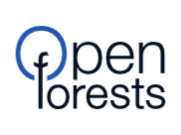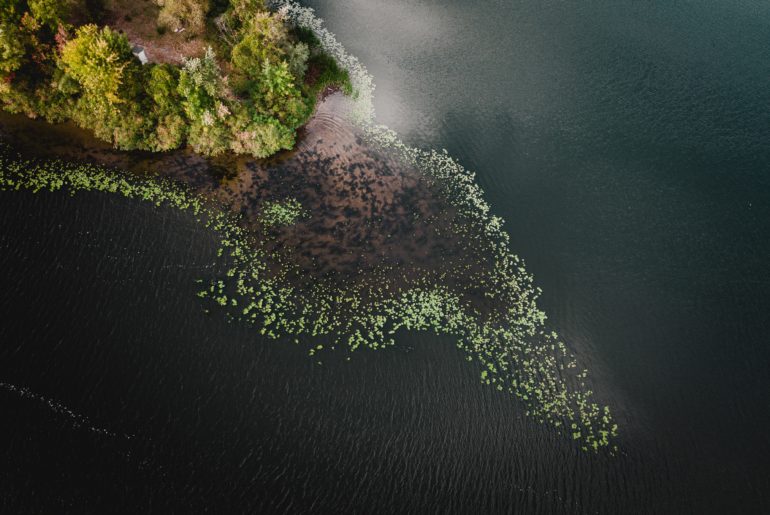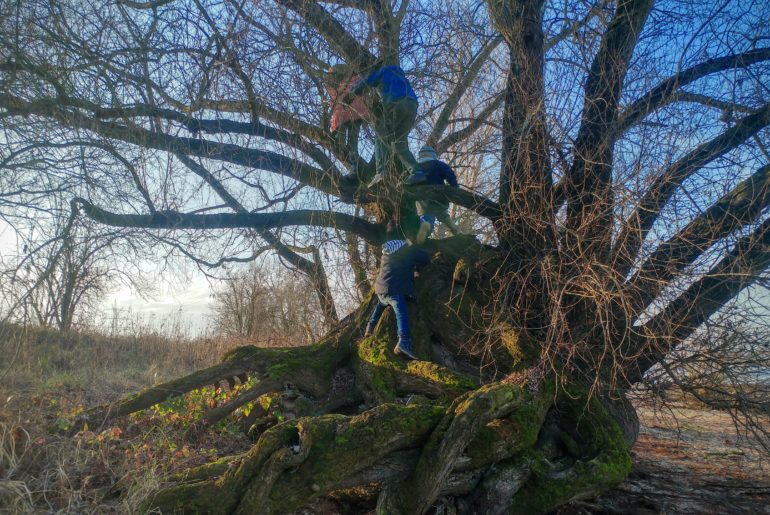More and more corporates pleading to become climate-neutral. After analyzing your emissions, reducing emissions where possible you need to purchase carbon credits to compensate for unavoidable emissions. But, what are the average prices for voluntary carbon credits? What are the standards according to which carbon can be certified? Ecosystem Marketplace and Forest Trends conducting a regular survey on carbon prices and traded volumes.
This is an excerpt from: State of the Voluntary Carbon Markets 2020
The voluntary forest carbon market in the sector of forestry and land-use developed between 2017 – 2019 with the following values.
| Forestry & Landuse | Volume (MtCO2e) | Average Price per tCO2e (USD) | Value (USD) |
| 2017 | 16.6 | $3.4 | $63.4M |
| 2018 | 50.7 | $3.2 | $171.9M |
| 2019 | 36.7 | $4.3 | $159.1M |
Average price and volume by Voluntary Carbon Credit Standards, 2019
| Standard | Volume (MtCO2e) | Average Price per tCO2e (USD) |
| Verified Carbon Standard (VCS) | ~ 43.0 | $1.62 |
| VCS + Climate, Community and Biodiversity Standards (CCB) | ~ 27.0 | $3.84 |
| Gold Standard | ~ 13.0 | $5.27 |
| American Carbon Registry | 2.0 – 3.0 | $5.36 |
| Plan Vivo | 1.0 – 2.0 | $8.99 |
- The number of companies making climate-neutral or net-zero pledges has doubled during the COVID-19 pandemic. Total reported transaction volume topped 104 MtCO2e in 2019 (the most recent year for which total volume data is available).
- 74 percent of the respondents indicated that they had buyers lined up for some portion, if not all, of their carbon credits before the credits were issued. This indicates that the supply side is receiving strong demand signals.
- United States, France, and the United Kingdom emerged as the most common buyer locations. US buyers showed a preference for homegrown offsets.
- Buyers, in France, the UK, and Germany largely purchased offsets from Peru, Brazil, and India.
- VCS verifies the vast majority of traded REDD+ credits which are typically larger-volume transactions and often receive lower prices than other Forestry and Land-use credits. Gold Standard and Plan Vivo are likely earning a higher price per tone due in part to their focus on smaller volume transactions with greater co-benefits.
- In 2019, the majority of offsets transacted were from 2015.
Source
State of the Voluntary Carbon Markets 2020, Second Installment Featuring Core Carbon & Additional Attributes Offset Prices, Volumes and Insights. Washington DC: Forest Trends Association, December 2020. https://www.forest-trends.org/publications/state-of-the-voluntary-carbon-markets-2020-2/




